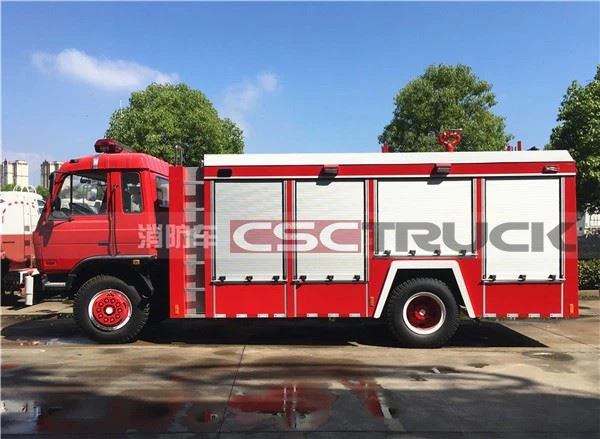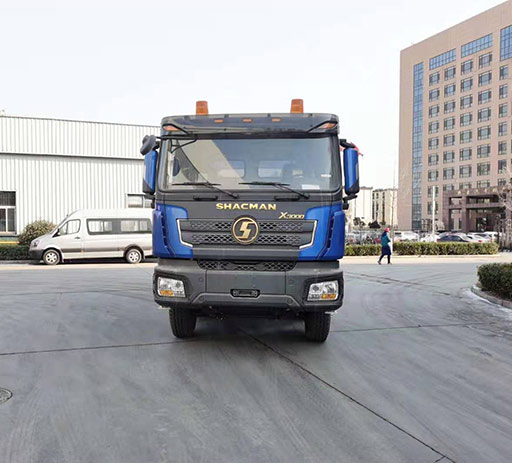Understanding Oil Trailers: A Comprehensive Guide

In the world of transportation and logistics, oil trailers play a critical role in the efficient movement of petroleum products. This detailed article will explore everything you need to know about oil trailers, from their design and functionality to their regulations and safety measures. Whether you are a logistics manager, a transport business owner, or simply interested in the oil industry, this guide provides in-depth information to help you navigate the complexities of oil trailers.
What is an Oil Trailer?
An oil trailer is a specialized vehicle designed for transporting petroleum products, including crude oil, gasoline, and other refined products. These trailers come in various shapes and sizes, but they share certain characteristics and features aimed at ensuring safe and efficient transportation.
Types of Oil Trailers
There are primarily two types of oil trailers used in the industry:
1. Tank Trailers
Tank trailers are equipped with a cylindrical tank that holds liquid petroleum products. They typically feature a dome-shaped top and a tapered bottom for easy draining. Tank trailers can be further categorized into:
- Single-compartment tanks: Used for transporting one type of product.
- Multi-compartment tanks: Allows for the transport of different products simultaneously, minimizing contamination risks.
2. Vacuum Tank Trailers
Vacuum tank trailers are designed to remove liquid from a site, often used in oil fields. They create a vacuum that facilitates the suction of oil or wastewater, making them ideal for oil recovery operations.
Key Features of Oil Trailers
Oil trailers are constructed with specific materials and features to ensure safety and functionality:
1. Materials
Most oil trailers are made from high-strength aluminum or stainless steel, providing durability and resistance to corrosion.

2. Safety Valves
These trailers are equipped with pressure-relief valves to prevent over-pressurization and avoid hazardous situations during transportation.
3. Insulation
Some oil trailers come with insulation to maintain the temperature of the product being transported, especially important for products sensitive to temperature changes.
Regulations Governing Oil Trailers
Transporting oil comes with a set of regulations to ensure safety and environmental protection:
1. DOT Regulations
The Department of Transportation (DOT) in the United States has stringent rules for the transportation of hazardous materials, including oil trailers. These rules cover vehicle specifications, driver training, and emergency response requirements.
2. Hazardous Materials Regulations (HMR)
Under the HMR, oil trailers must display appropriate placards, contain specific labeling, and carry emergency response information to ensure public safety.
Safety Considerations for Oil Trailers
1. Loading and Unloading Procedures
Proper loading and unloading procedures are crucial to avoid accidents. Here are some tips:
- Always use a pump for loading and unloading to minimize spills.
- Ensure all valves are secured and closed before moving the trailer.
- Employ grounding methods to prevent static electricity buildup.
2. Regular Inspections
Regular maintenance and inspections of oil trailers are vital for safety. Drivers and operators should check for:
- Visible corrosion or damage.
- Secure fittings and valves.
- Tires, brakes, and lights.
Tips for Choosing the Right Oil Trailer
When selecting an oil trailer, consider the following factors:
1. Load Capacity
Assess the volume and weight of the petroleum products you’ll be transporting. Ensure the trailer can handle the required capacity.
2. Configuration and Size
Choose between tank and vacuum trailers based on operational needs. The size will depend on the transport routes and storage constraints.
3. Compliance with Regulations
Ensure the trailer meets all local and federal regulations to avoid penalties and ensure safety.
Practical Applications of Oil Trailers
Oil trailers serve a variety of practical applications:
1. Oil Extraction and Field Operations
In oil fields, vacuum trailers are often used for the collection of crude oil, wastewater, and other materials.
2. Fuel Distribution
Tank trailers transport refined fuels to retail stations, ensuring a consistent supply of gasoline and diesel to consumers.
3. Emergency Response
In cases of spills or leaks, special oil trailers equipped with recovery systems are deployed to manage clean-up efforts efficiently.
Technological Innovations in Oil Trailers
As technology evolves, so too does the design and functionality of oil trailers. Key innovations include:
1. Monitoring Systems
Modern oil trailers are equipped with monitoring systems that track the load, pressure, and temperature, alerting operators to any issues in real time.
2. Enhanced Safety Features
New safety features, such as automated braking systems and collision avoidance technology, help reduce the risk of accidents during transport.
Cost Considerations for Oil Trailers
The upfront cost of an oil trailer varies based on size, material, and features. Here’s a general breakdown:
| Type of Trailer | Price Range | Maintenance Costs |
|---|---|---|
| Tank Trailer | $30,000 – $150,000 | Low to Moderate |
| Vacuum Trailer | $40,000 – $200,000 | Moderate to High |
Frequently Asked Questions (FAQ)
1. What kind of oil can be transported in an oil trailer?
Oil trailers can transport crude oil, gasoline, diesel, and other refined petroleum products. However, specific trailers might be designed for particular types of oil.
2. How do I maintain an oil trailer?
Regular inspections for leaks, corrosion, and functionality of safety features are crucial. Routine cleaning and adherence to manufacturer guidelines will also enhance longevity.
3. What size oil trailer do I need?
The size needed depends on the volume of oil you plan to transport and local regulations. Generally, tank trailers range from 5,000 to 11,600 gallons.
4. Are there special licenses required to drive oil trailers?
Yes, drivers must obtain a Commercial Driver’s License (CDL) with a hazmat endorsement to transport hazardous materials like oil.
5. What are the primary safety risks associated with oil trailers?

The primary risks include spills, leaks, and hazardous material exposure. Proper training and adherence to safety protocols can mitigate these risks.

6. Can oil trailers be transported by rail or sea?
Yes, oil trailers can be transported by rail or sea. However, they must comply with specific regulations and safety standards for these modes of transport.
